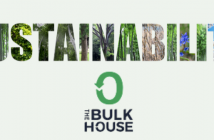Not to be bleak, but each passing day we dig a deeper and deeper hole for ourselves by killing the planet and creating heaps of waste. However, not all hope is lost. Let’s look at what Grade 10 students at Western Academy of Beijing (WAB), aka my classmates, created during their Design Sustainability unit as sustainable solutions to help save the planet.
It should be noted that students created projects tailored to specific categories: Media/Graphics, Workshop, Kitchen, and Textiles/Fashion. So, without further ado, here are six WAB students and their solutions for sustainability.
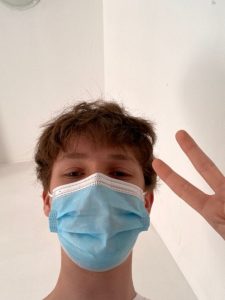
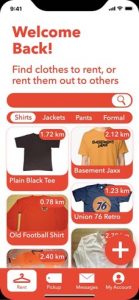

App for Renting Clothes
First up, we have Rune Knappskog. He wanted to create his project in relation to media because he believes it can make a bigger impact on a greater audience. “If you create something physical, it can only be seen by your classmates. If you make something using software, anyone with the internet can access it.”
For his project, Knappskog created a prototype of an app where people can rent out clothes to one another. “So, let’s say you want a cool shirt for one occasion,” he says. “Instead of buying a shirt and then never using it again, you can rent it for a day or two using this app.” By doing so, he claims that ginormous amounts of water will be preserved, as well as prevent toxic chemicals from being used in the making of fast fashion. What makes his product unique is that “it is about renting, rather than buying,” he says. “There are already many apps and websites where you can buy used stuff, and while this reduces buying fast fashion, renting clothes also reduces the trend of “buying clothes just for you to only wear once.”
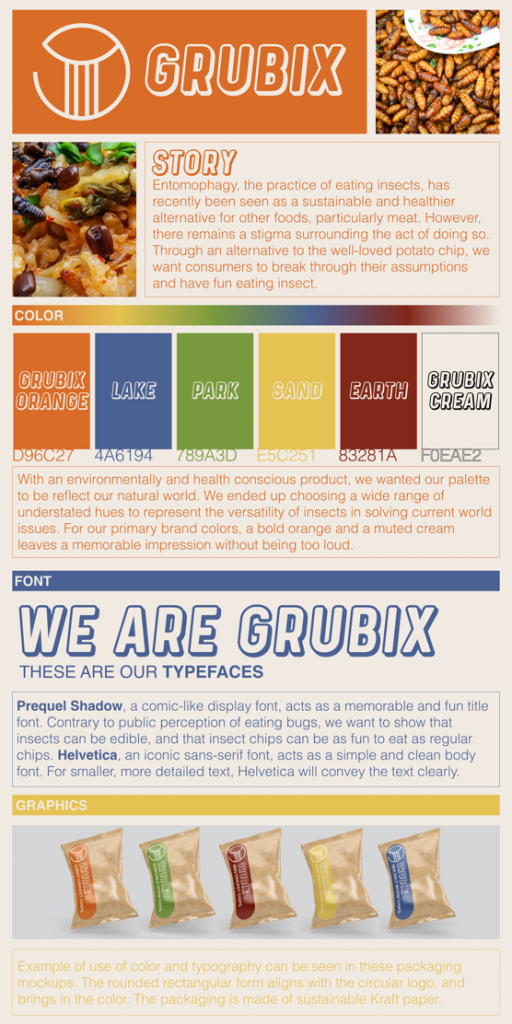

Graphics for Bug Food
Next up, we have Lucas Hsu. For his project, he posed as a graphic designer and created a brand identity for insect snacks. “Entomophagy, the act of eating insects, utilizes less water and land resources, reduces greenhouse gas emissions, is rich in nutritional value, and could potentially be an accessible food alternative in underdeveloped or developing countries,” he states. “To effectively showcase the brand and the goals to the customer, I will be developing a brand identity that is both visually impactful and connected to our brand values.” By creating a brand style guide, he hopes to guide designers in the process of making branded products such as advertisements, websites, or packaging.
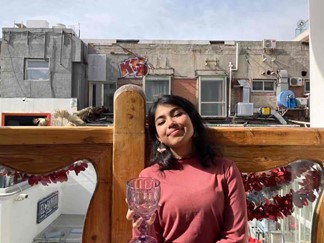
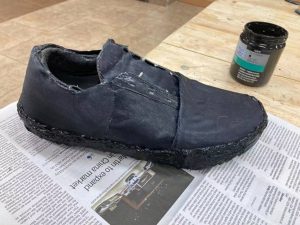
Shoes out of Car Seats
In the fashion category, we have Deboshree Bhattacharya. For her project, she made shoes out of leather cover seats from old, disposed cars. “With fast fashion growing immensely popular among the middle-class audience, it has also become a problem because of its carbon emissions which is further impacting the environment,” she comments. “These shoes will be up-cycled, recycled, reusable, and affordable even for middle-class audiences. Despite all of these qualities, the shoes will remain a luxury concept in order to remain appealing to a diverse range of customers.”
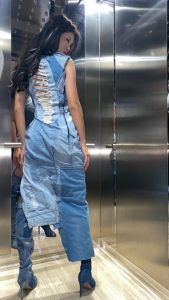
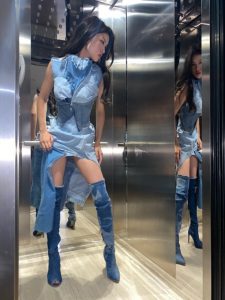
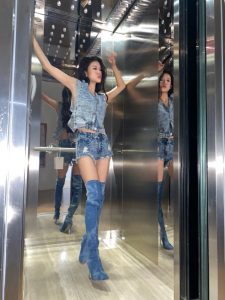
Repurposing Old Jeans
Another student who made her project based on the fashion industry is Sophie Yi. She made a formal gown from old jeans that don’t fit her anymore. “For me, buying clothes is the most tangible form of overconsumption,” she states. “My body has stopped growing, but I have not lost the habit of buying new clothes every few weeks.” With her project, she intends to inspire others to create a new purpose out of their old clothes that they have stopped wearing by showing them that “up-cycling is fun, and materials are not a restriction—everyday garments such as denim can be revamped to form something completely different,” hence the denim jeans being turned into a formal dress. With her project, Yi aims to combat the issue of overconsumption and hopes to “provide a sustainable alternative for future consumption.”
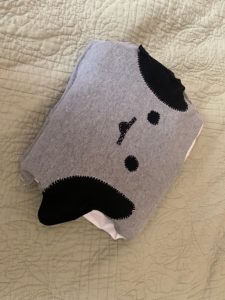
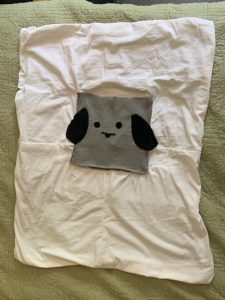
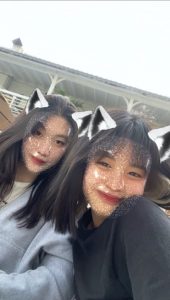
Bed Set from Old Garments
Now we have Momo Yang and Grace Zhao, also in the fashion/textile category. Even though donating clothes are a good option, “there are some garments that couldn’t be worn again.” Instead of throwing these fabrics away, the duo worked together to collect these old garments and turned them into a stuffed animal pillow and blanket set. On how their product helps the planet, she says, “the product reduces textile waste, hence it reduces what goes into landfills so factories could minimize the use of natural resources to dispose [of]the textile.” Their product is aimed at children and teenagers who are into cute items. “Our product looks visually pleasing with stuffed animal faces, and on the practical side, it is convenient with multiple usages, that it can be a pillow or a blanket.”
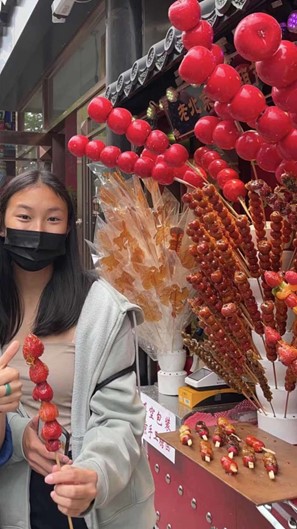
Pasta Made with Locally Sourced Ingredients
Moving on to the kitchen, we have Olivia Chen, who chose to work in this category because there are many various things you can do, and simply because she liked to cook, so it seemed natural to do so.
For her project, Chen created pasta with tomato sauce from scratch using locally purchased ingredients rather than internationally imported ones. “Especially for pasta dishes, people tend to buy products that are internationally imported or canned produce that is very processed,” she says. “By buying locally and starting from scratch, I can help reduce the damage of the transport and the waste of canned products.” When asked where she bought the ingredients, she says that she purchased them from a local market in Shunyi. If you’re interested in recreating her pasta, try her recipe!
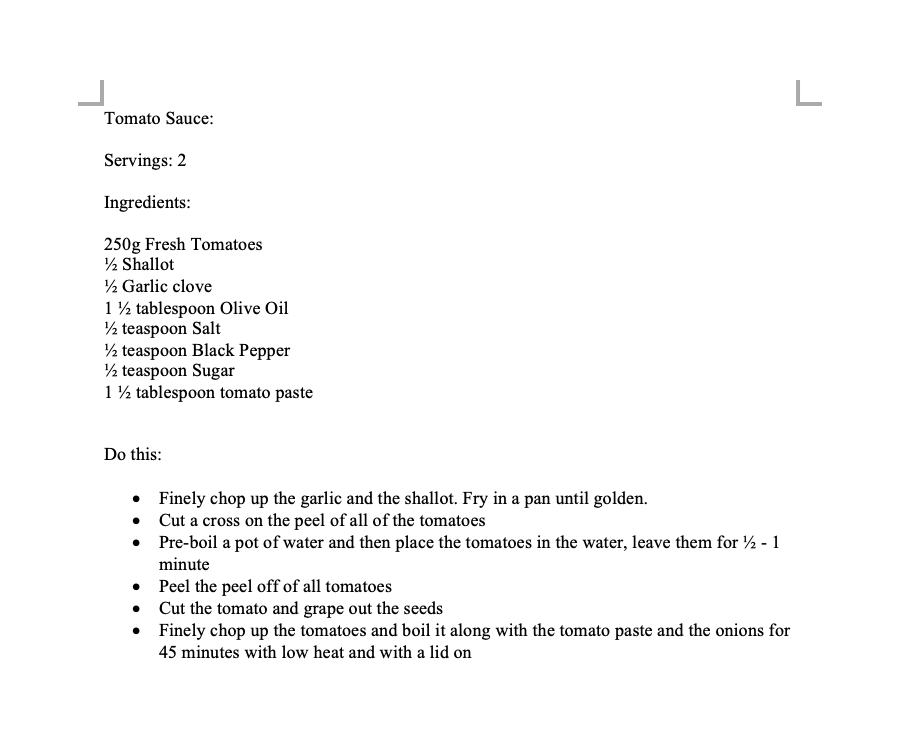
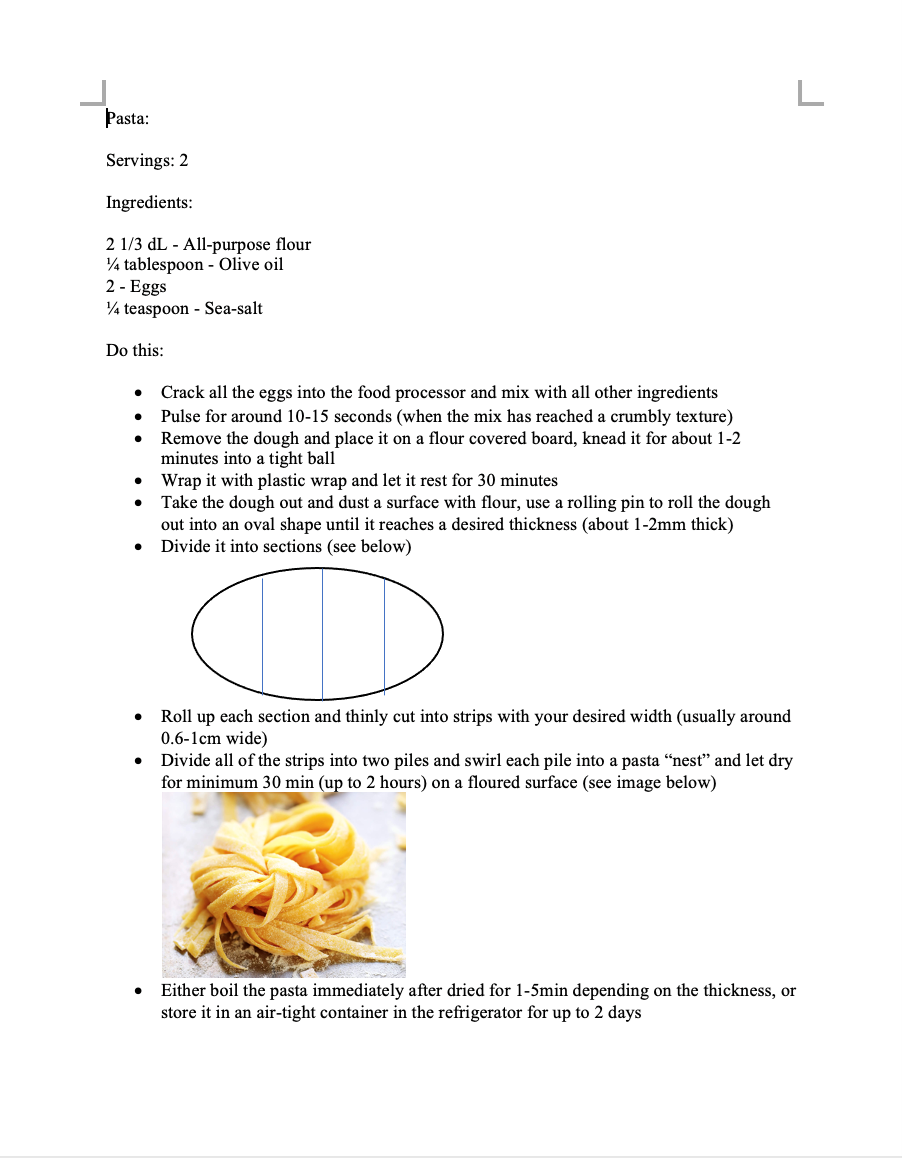
KEEP READING: Shifting Schools Towards Sustainability: Tips From People Who Made It Happen
Images: courtesy of the students, Unsplash


